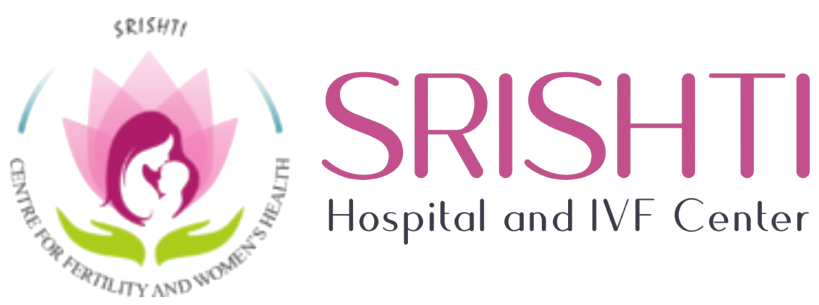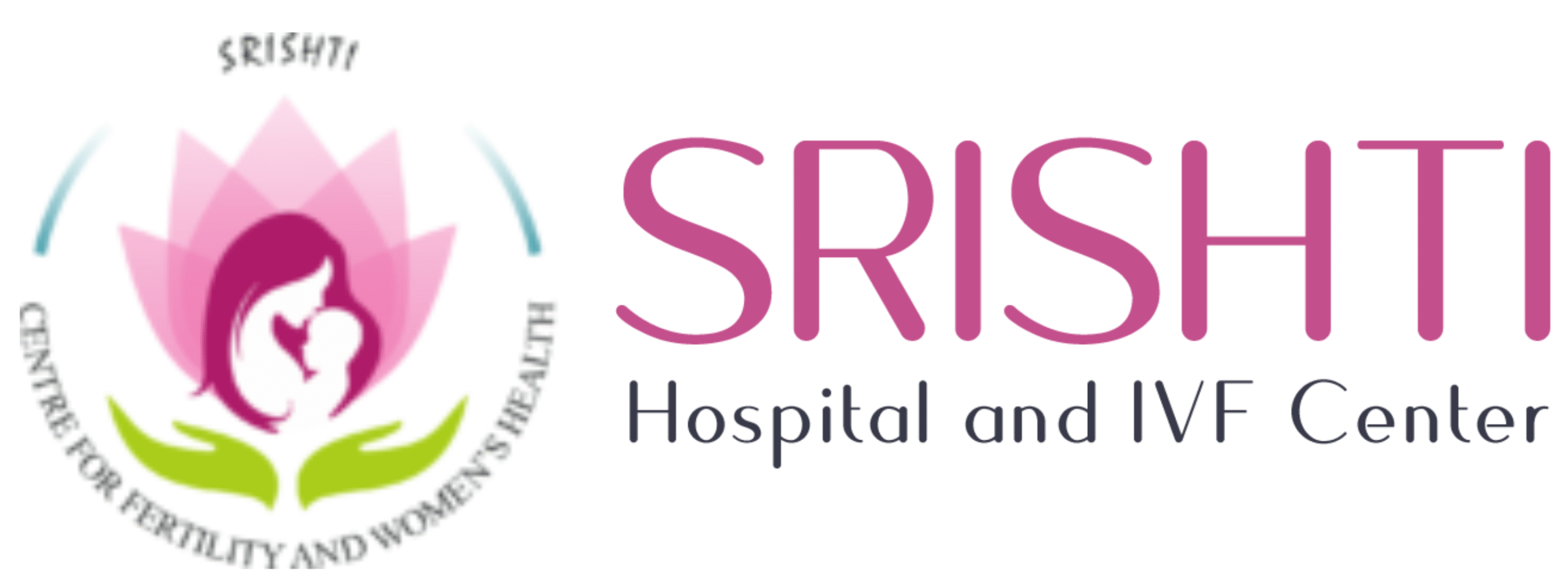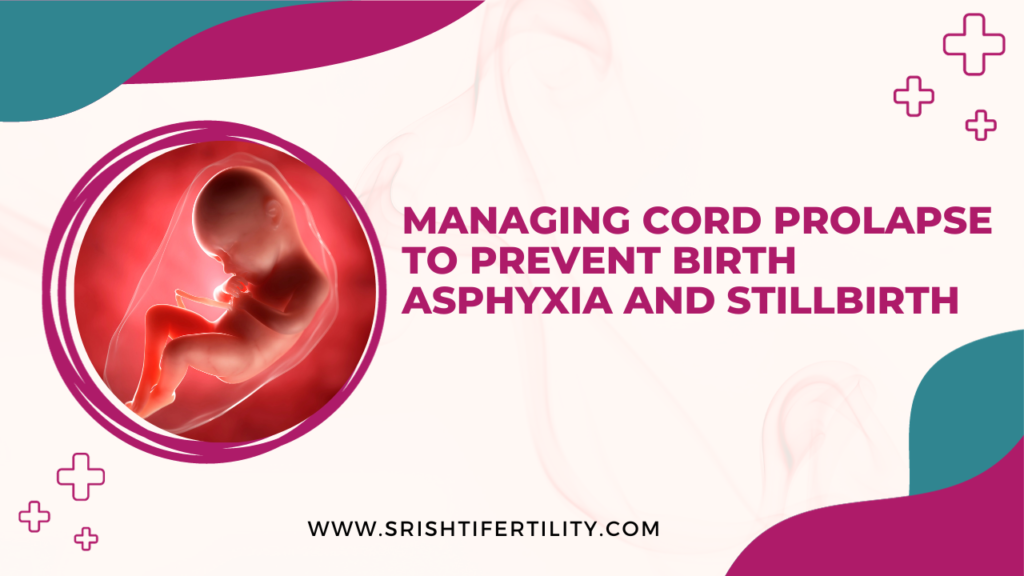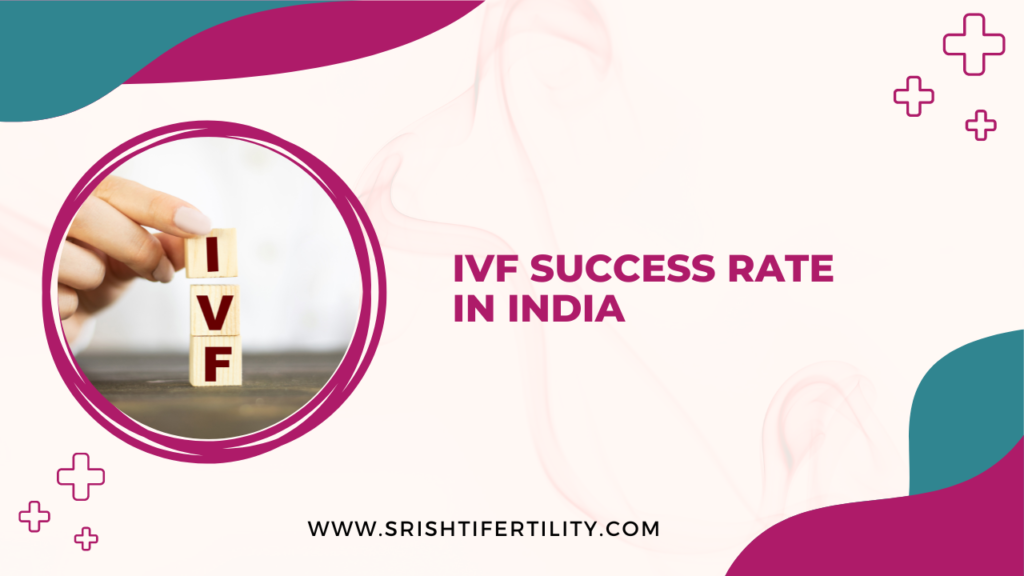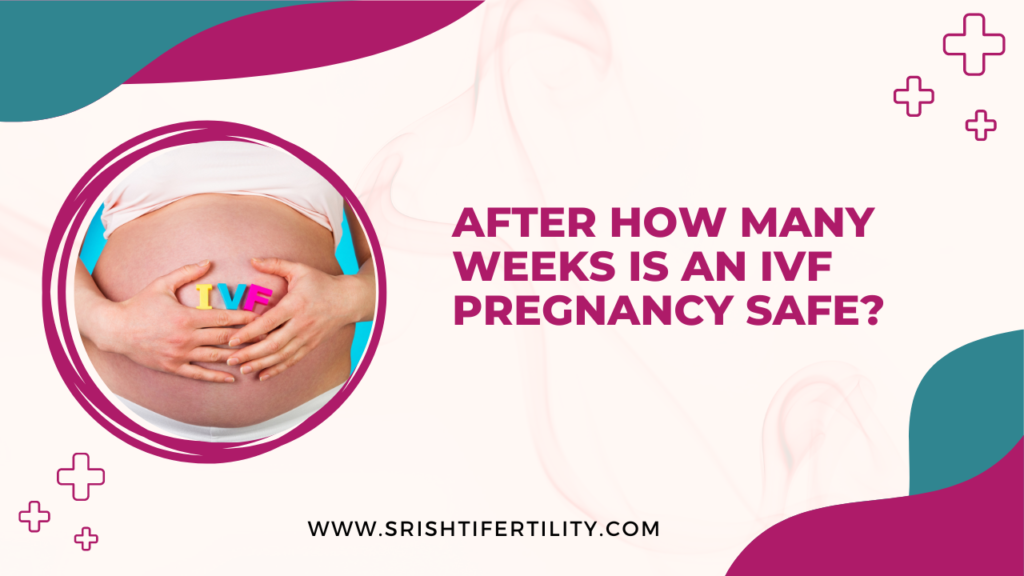Managing Cord Prolapse to Prevent Birth Asphyxia and Stillbirth
Managing Cord Prolapse to Prevent Birth Asphyxia and Stillbirth Cord prolapse, also known as umbilical cord prolapse, is an obstetric emergency that occurs when the umbilical cord descends through the open cervix alongside or ahead of the presenting fetal part during labor or delivery. It is an uncommon but serious complication, occurring in 0.1-0.6% of pregnancies. If not managed promptly, cord prolapse can lead to obstruction of blood flow in the umbilical vessels, fetal asphyxia, neurological damage and stillbirth. However, with early recognition and appropriate management, many adverse outcomes can be prevented. This article provides an overview of cord prolapse, its causes, diagnosis and evidence-based management principles aimed at optimizing fetal outcomes. Key Points Cover In Blog What Causes Cord Prolapse? Certain obstetric factors predispose to umbilical cord prolapse by allowing the cord to descend ahead of the presenting part. These include: Malpresentation – breech, oblique lie or other non-cephalic presentations Prematurity Rupture of membranes before the presenting part is engaged Multiparity – previous deliveries causing laxity of uterine and cervical tissues Polyhydramnios – excessive amniotic fluid allowing cord to “float” down Placenta previa – low-lying placenta over the cervix External Cephalic Version (ECV) maneuvers During labor or delivery, any situation where the lower segment of the uterus is suddenly decompressed can also precipitate cord prolapse e.g. sudden drainage of large amniotic fluid volume, artificial rupture of membranes (ARM) or quick change from vertex to non-cephalic presentation. Vigilance is required in such cases to check for cord prolapse. Signs and Symptoms of Cord Prolapse Typical symptoms that should raise suspicion of umbilical cord prolapse include: Sudden onset fetal bradycardia after drainage of liquor or ARM Palpation of a soft pulsating structure (umbilical cord) alongside the presenting fetal part Visualization of cord protruding from the cervical opening on sterile speculum examination As cord compression can occur rapidly after prolapse, fetal heart rate monitoring is key both in early diagnosis and ongoing management. Variable decelerations or prolonged bradycardia signifies cord compression and urgent management is needed. Confirming Diagnosis and Assessing Compression Diagnosis of cord prolapse is made visually by seeing the cord protruding from the vagina on sterile speculum exam. Degree of cord compression should also be quickly evaluated: Is the cord pulseless indicating complete occlusion? How much is the cord compressed – slightly, moderately or severely? Is fetal distress indicated by heart rate changes? This assessment guides the urgency and aggressiveness of subsequent management steps. The goal is to urgently relieve cord compression to restore blood flow and oxygenation to the fetus. Key Principles in Management of Cord Prolapse Evidence-based management principles aimed at quickly alleviating cord compression and optimizing fetal outcomes include: Call for Help and Prepare for Rapid Delivery- Activate emergency obstetric measures by calling for senior medical staff for assistance. Alert the neonatal resuscitation team for potential asphyxiated birth and make preparations for urgent cesarean delivery if needed. Relieve Cord Compression with Manual Maneuvers- Have an assistant (nurse or doctor) immediately insert fingers vaginally and gently lift the presenting fetal part off the cord to release pressure. Alternatively, the cord can be pushed back above the baby’s head if accessible. This manual uterine displacement should be maintained until urgent delivery is achieved. Improve Pelvic Outlet Space- Maternal positioning to increase pelvic dimensions can aid cord decompression. Placing the mother in exaggerated Sim’s (lateral), knee-chest or Trendelenburg positions may help relieve cord pressure. Give High-Flow Oxygen to Mother- Administer oxygen at 10-15 L/min via face mask to improve fetal oxygenation until delivery. Rapidly Achieve Delivery- Emergency delivery by cesarean section or operative vaginal birth (forceps, vacuum) if imminent should be performed promptly aiming for delivery within 30 minutes of prolapse. Cord occlusion time correlates directly with adverse outcomes – the longer the delay, higher the risk of fetal asphyxia or death. Prepare for Neonatal Resuscitation- Have personnel skilled in newborn life support at delivery to resuscitate and stabilize infants at risk of asphyxia due to cord compression. Steps include drying/stimulating baby, clearing airways, giving oxygen or positive pressure ventilation if needed. Outcomes after Cord Prolapse With optimal, evidence-based management as outlined, most cases of cord prolapse can achieve good fetal outcomes if delivered rapidly. However, perinatal mortality rates are still elevated compared to unaffected pregnancies, ranging from 2-15% in reported case series. Contributing factors for poor outcomes include prolonged umbilical cord occlusion over 30 minutes, fetal prematurity, non-reassuring fetal heart rates warranting immediate delivery and delay in cesarean capability at referring facilities. For survivors, the prognosis depends significantly on whether hypoxia/acidosis occurred from cord compression resulting in organ damage. Babies delivered in good condition generally do well without long term neurological morbidity. But those with birth asphyxia can face risks of permanent impairments such as cerebral palsy, learning disabilities or hearing/vision deficits. Access to cooling therapy for hypoxic-ischemic encephalopathy improves outcomes. Conclusion Cord prolapse is an uncommon but extremely dangerous obstetric event where timely management is imperative. Despite being rare, all labor staff must remain vigilant to the risk scenarios where cord prolapse is likely to occur. They must have a standardized emergency response plan focused on relieving cord compression and achieving categorical delivery within 30 minutes. With prompt recognition, teamwork and coordinated maneuvers to decompress the cord manually, improve pelvic dimensions through positioning and rapidly deliver via cesarean section or instrumentals, fetal injury can often be averted. Though associated with elevated risks, outcomes can still be optimized in many cases through evidence-based management principles. Maintaining capabilities for around-the-clock emergency obstetric care including options for immediate cesarean delivery is key for facilities providing labor services. If cord prolapse is managed using established protocols, babies can still be saved and spared from hypoxic insult, allowing them healthy, productive lives.
Managing Cord Prolapse to Prevent Birth Asphyxia and Stillbirth Read More »
